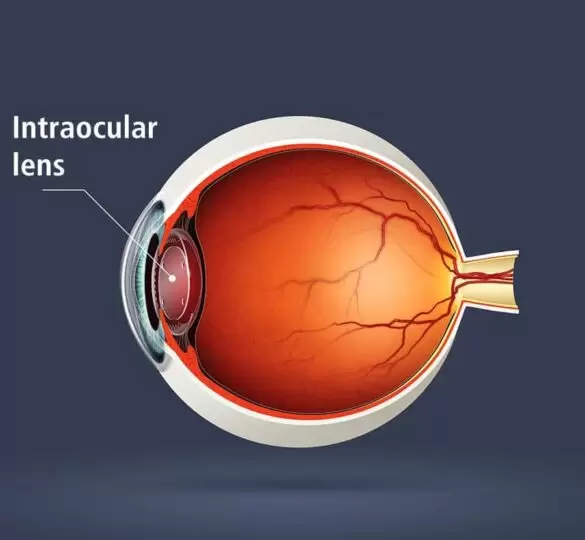
Trifocal, multifocal, and EDOF (Extended Depth of Focus) lenses are premium lenses used in eye surgeries, particularly in cataract or refractive lens surgeries. These lenses aim to replace the eye's natural lens and provide clear vision at different distances. They help correct vision problems in individuals of various age groups
As the name suggests, trifocal lenses have three different focal points: near, intermediate, and far distances. These lenses offer clear vision without glasses at three different distances, enhancing visual quality in daily activities as well as in reading and working on a computer. Trifocal lenses are primarily used in patients with presbyopia (age-related near vision loss) and cataracts, typically occurring after the age of 45.
The adaptation period for the brain to fully adjust to these lenses can range from a minimum of 1 month to a maximum of 6 months. Generally, these disadvantages do not create lasting problems for patients.
Multifocal lenses have two or more focal points. They primarily provide clear vision at near and far distances but may not be as effective at intermediate distances compared to trifocal lenses. Multifocal lenses are commonly used in cataract surgeries and are widely employed to enhance the quality of life without glasses.
EDOF lenses are a newer technology recognized for their extended depth of focus. These lenses provide continuous vision between near and far distances while improving clarity at intermediate distances. EDOF lenses are also used in patients with presbyopia and cataracts but have fewer halo and glare effects, which are common disadvantages of trifocal and multifocal lenses.
All three types of lenses are modern technologies that address specific needs and aim to provide clear vision without glasses. The choice depends on the patient's lifestyle, vision requirements, and eye structure.
2024-07-17
2024-02-14
2024-02-14
2024-06-12
2024-06-13
2024-06-13
2024-06-13
2024-06-14
2024-06-14
2024-06-14
2024-06-14
2024-06-14
2024-06-14
2024-06-14
2024-07-31
2024-07-31
2024-07-31
2024-07-31
2024-08-09
2024-08-12
2024-08-28
2024-09-05
2024-09-06
2024-09-14
2024-09-19
2024-09-19
2024-10-01
2024-10-02
2024-10-07
2024-10-21
2024-10-29
2024-11-12
2024-11-18
2024-11-21
2024-11-26
2024-11-28
2024-12-03
2024-12-06
2024-12-10